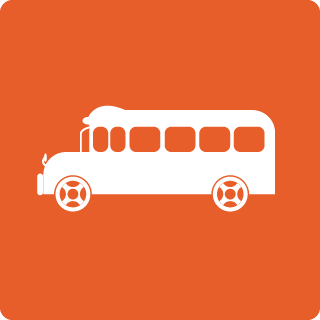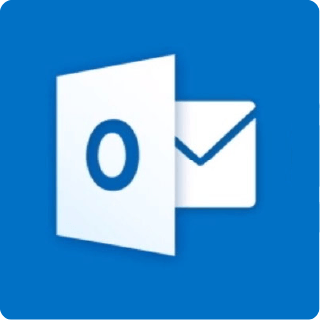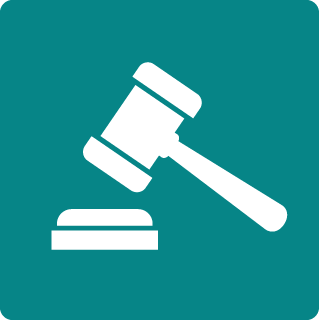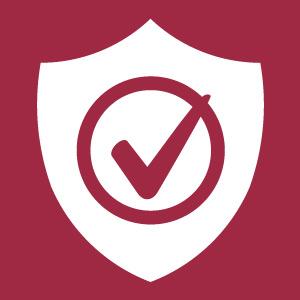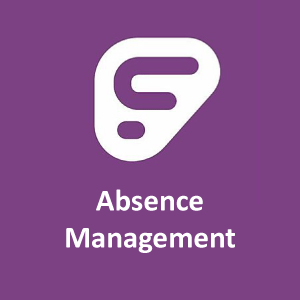


Video Transcript
What is Section 504?
Hello! If you are clicking on this video, you might have a few questions about what Section 504 is and how it may work for your student. In this video, I will give you a brief overview of what it is, what it does, and how it works, so let's get started!
Section 504 of the rehabilitation act of 1973 provides protection to individuals with disabilities from discrimination. More specifically, it states that “No otherwise qualified individual with a disability in the United States…shall, solely by reason of her or his disability, be excluded from the participation in, be denied the benefits of, or be subjected to discrimination under any program or activity receiving Federal financial assistance…”.
So what does this look like in practice? The two main areas of focus for this law are the workforce and the school system, but today we will be focusing on the school system. Before getting into the details however, I want to reiterate the main purpose of Section 504 which is to keep students with disabilities from facing discrimination and provide students with a free and appropriate public education (FAPE). Every student has a right to learn on an even playing
field with their peers, which sometimes means providing accommodations so a student can keep up.
So how does a student qualif for Section 504 accommodations? In order to qualify for a Section 504 Plan and accommodations, a student must have “a physical or mental impairment that substantially limits a major life activity”. Both parts of this statement are equally important for qualifying because a student may have an impairment, but if it does not substantially limit a major life activity then they do not qualify. It works the other way as well, they may be struggling with a major life activity like learning, but if it’s not because of a disability then they also do not qualify.
Now let's dive deeper into what “physical or mental impairment” means. Impairments that are protected by Section 504 are not specifically listed like SPED qualifications so they can range from learning disabilities like ADHD or dyslexia, to physical impairments like wheelchair use, vision impairments or asthma. Anything that affects one of the body systems can be approved as a physical or mental impairment if it substantially limits one or more major life activities. Now let’s dive into “Major life activity”. Life activities, like impairments, is a very broad category that covers everything from learning to concentrating, to walking or breathing. Life activities do not have to be school related in order to qualify a student, just something that may affect their ability to participate.
As previously stated, walking is a life activity. Walking is not directly school related, but students do need to be able to move around the classroom and school building. If the disability is affecting a student's ability to participate properly, then accommodations must be created. But how do we determine what life activities are being affected? Through data collection! Once the Section 504 process has begun, data can start being collected. Data is very important for both qualifying a student and creating accommodations for their Section 504 Plan.
It gives those creating the Section 504 plan the information needed about the student to determine what the student is struggling with, and what may help them improve in their school participation.
So what is this data and where does it come from? Data is any information that can help to better understand an impairment and how it’s affecting the student's ability to participate. The data is gathered from a variety of sources such as test scores, patterns of behavior, observations in the classroom, diagnoses from doctors, interviews with parents and teachers, and any other source that may be deemed useful.
Once data has been gathered, a Section 504 meeting can occur. Initial meetings are used to determine if Section 504 placement is appropriate, and what the Section 504 plan will look like. The Section 504 Committee members who attend the meeting include: An administrator who can make placement decisions such as the Section 504 Campus coordinators, Individuals who are familiar with the student including parents, teachers and any other staff who may know the student well, and faculty who can interpret the data like a school nurse for medical documents, or the Section 504 coordinator for data collected from the classroom. Finally, the student themselves can attend if it is appropriate.
During the meeting, after deciding that the student does qualify for Section 504 accommodations, a Section 504 plan is created. A Section 504 plan is a legally binding, document that includes the following information: specifics about the collected data, information on FAPE, a description of the physical or mental impairment, a description of the major life activities that are limited, the accommodations, who will monitor the plan, parental rights and safeguards, and signatures from everyone who attended the meeting.
One of the key components of the Section 504 plan is the accommodations.
Accommodations vary depending on the condition the student has and how it has manifested,
but they can range from specialized access to the bathroom for medical reasons, to preferential seating, to assistive technology. Whatever accommodation the data has determined is appropriate, will be implemented through the plan.
Once the meeting has ended and the accommodations have been set, it's time to implement!
Implementation is a team effort. While most accommodations are implemented by teachers,
any faculty or staff who interact directly with the student may also be required to provide the
accommodation depending on what it is! The implementing staff and campus coordinators
will help monitor the student to make sure the new accommodation is working and annual meetings are held to make sure the accommodations in place are still useful as the student ages.
If you have any questions, contact your student's Section 504 Campus coordinator for elementary and middle school, and Testing/Section 504 advisor for high school. You can also contact the campus Section 504 administrator or GISD’s District coordinator Dr. Wendy Brower. And that’s it! Everything you may need to know briefly to understand Section 504 and how it may help your child at school! If you have any questions, contact your student’s campus or district Section 504 coordinator. I hope this brief explanation was useful to you!


